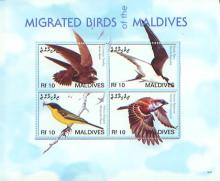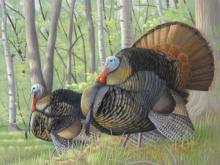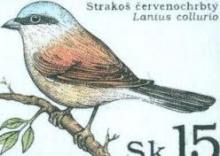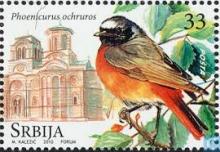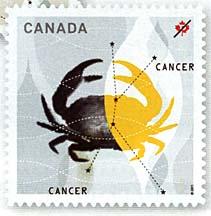First the Bees, Now the Birds: The Pesticides Silencing America's Songbird Population
The very same pesticides accused of causing massive declines in honeybee populations are just as culpable in the loss of songbirds, finds a new report published by the American Bird Conservancy. The pesticides in question, neonicotinoids, are based on nicotine, a natural insecticide, which causes paralysis and, eventually, death in both insects and non-target animals, such as honeybees and songbirds. Introduced in the early 1990s, neonicotinoids are now the most widely used insecticides in the world. And that popularity carries a heavy burden, the report found. After analyzing more than 200 studies conducted by both independent and industry-funded scientists, the authors called for the Environmental Protection Agency (EPA) to ban these pesticides' use until a more thorough investigation into their safety is conducted. "A single corn kernel coated with a neonicotinoid can kill a songbird," said Cynthia Palmer, coauthor of the report and pesticides-program manager for the conservancy, in a statement accompanying the report. "Even a tiny grain of wheat or canola treated with the oldest neonicotinoid—called imidacloprid—can fatally poison a bird. And as little as 1/10th of a neonicotinoid-coated corn seed per day during egg-laying season is all that is needed to affect reproduction."



